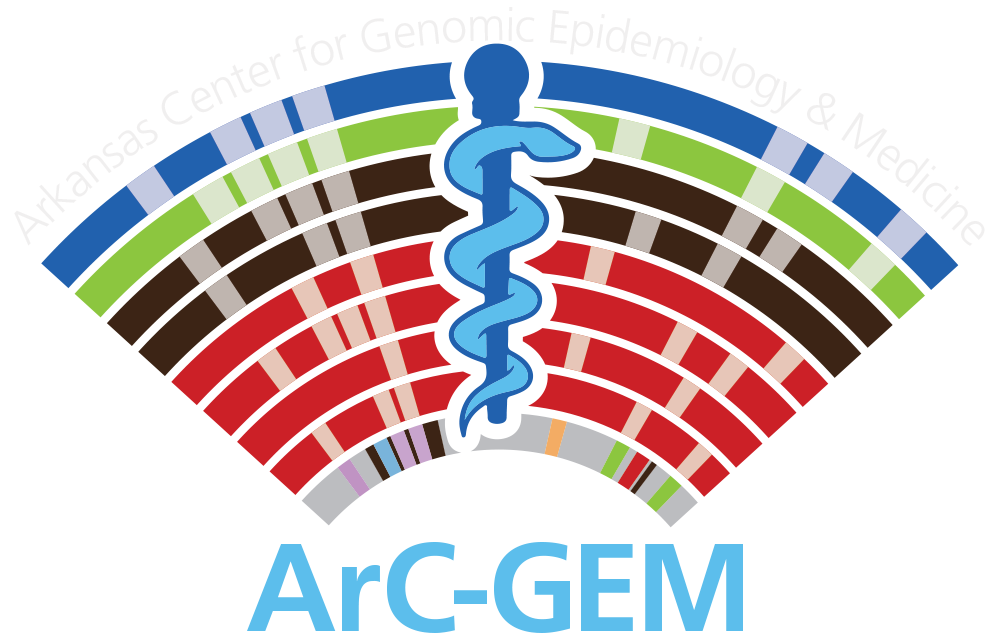Wongsurawat, Thidathip, Arundhati Gupta, Piroon Jenjaroenpun, Shana Owens, J. Craig Forrest, and Intawat Nookaew.
Published: 14 April 2020
Abstract
R-loops are RNA-DNA hybrid sequences that are emerging players in various biological processes, occurring in both prokaryotic and eukaryotic cells. In viruses, R-loop investigation is limited and functional importance is poorly understood. Here, we performed a computational approach to investigate prevalence, distribution, and location of R-loop forming sequences (RLFS) across more than 6000 viral genomes. A total of 14637 RLFS loci were identified in 1586 viral genomes. Over 70% of RLFS-positive genomes are dsDNA viruses. In the order Herpesvirales, RLFS were presented in all members whereas no RLFS was predicted in the order Ligamenvirales. Analysis of RLFS density in all RLFS-positive genomes revealed unusually high RLFS densities in herpesvirus genomes, with RLFS densities particularly enriched within repeat regions such as the terminal repeats (TRs). RLFS in TRs are positionally conserved between herpesviruses. Validating the computationally-identified RLFS, R-loop formation was experimentally confirmed in the TR and viral Bcl-2 promoter of Kaposi sarcoma-associated herpesvirus (KSHV). These predictions and validations support future analysis of RLFS in regulating the replication, transcription, and genome maintenance of herpesviruses.
Read the publication here: https://www.nature.com/articles/s41598-020-63101-9



Recent Comments